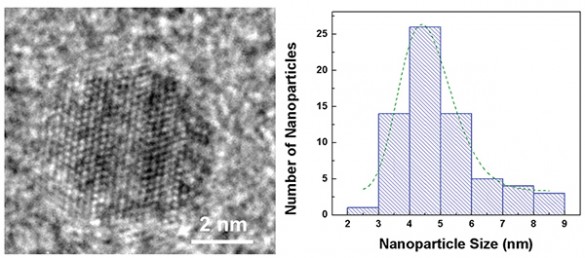Better, Cheaper, Faster. That was the mantra when your editor worked in the semiconductor manufacturing world. Designs, processes and materials were all recalibrated constantly to enable the march toward those three goals. And to some extent, constant repetition helped us achieve the ideal of Moore’s Law, the dictum that computer chips would double the number of transistors they contained every two years. Transistor density in computer chips determines the level of performance they can achieve, and this doubling has yet to reach its end. Unfortunately, batteries haven’t doubled in performance every two years, but seem to follow an annual five-to-eight-percent increase in energy density. This would mean, at best, that energy densities would double every nine years. The Tesla Forum notes this progress would not be continuous, but introduced in steps. Without either party sharing much information on the energy densities of their experimental cells, researchers in America and Switzerland find the “super environmentally friendly” nature of fool’s gold in batteries …
Tag Archive
Below you'll find a list of all posts that have been tagged as “Empa’s Laboratory for Thin Films and Photovoltaics”

